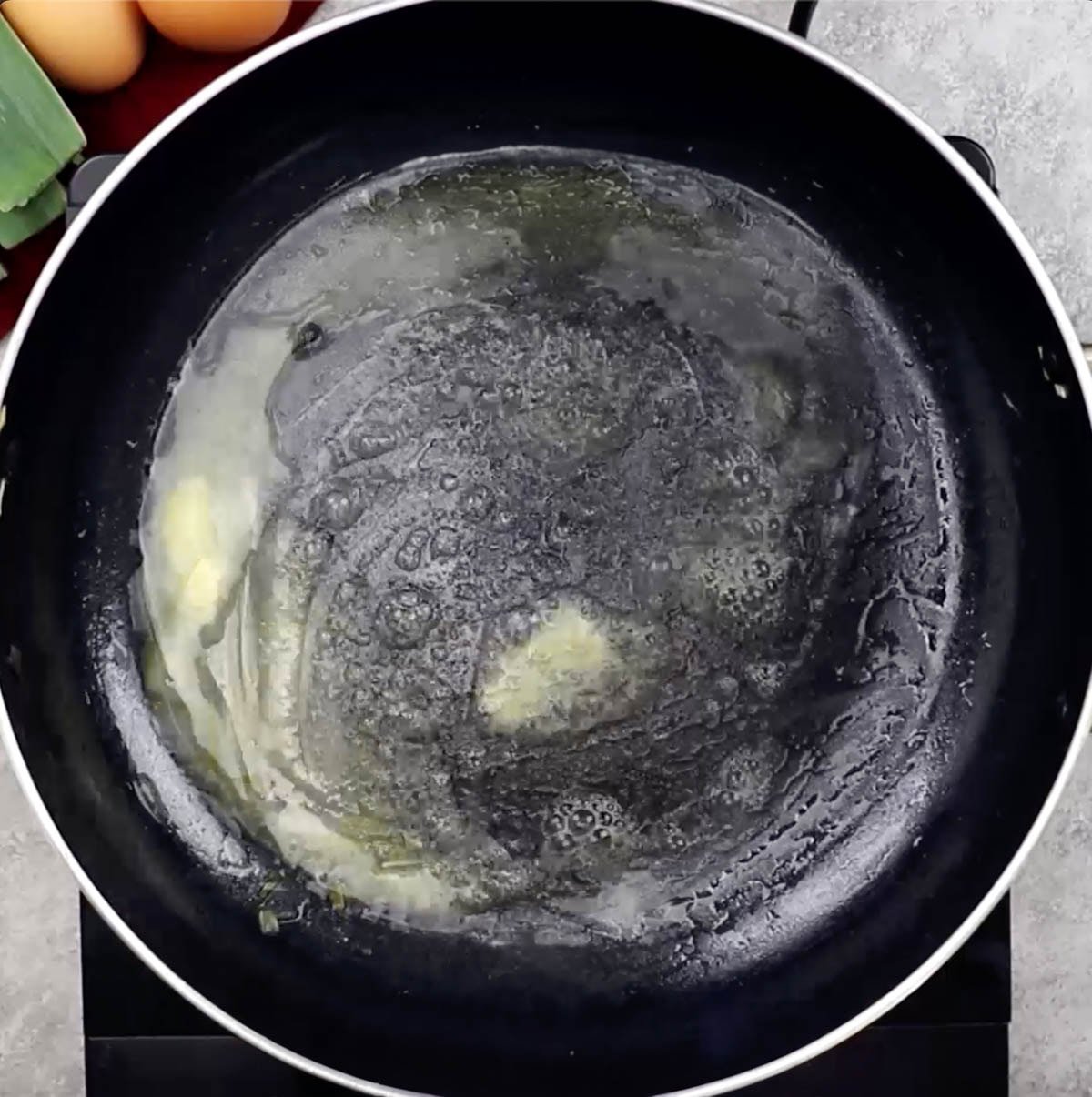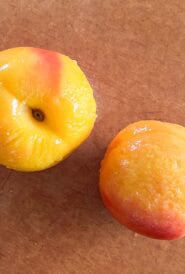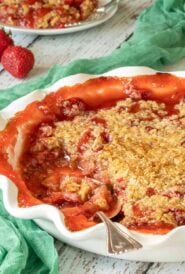A basic White Sauce (also called Béchamel Sauce) is one of the most versatile recipes you can have in your kitchen. With just a few ingredients, it elevates everyday cooking without demanding technical skills or much time. Use it as a creamy base and build on it with herbs, spices, cheeses, or even wine to enhance almost any dish. In this post, I’ll show you how to make a silky-smooth white sauce in just 15 minutes, with straightforward steps, success tips, and flavor variations.
What is White Sauce?
White sauce, or béchamel sauce, is one of the French mother sauces. This simple blend of butter, flour, and milk creates a smooth, creamy base that forms the foundation for countless recipes. It can be flavored with herbs, spices, cheese, or wine for endless variations. For example, my Crab and Shrimp Gratin features a white sauce flavored with shallots, wine, cheeses, mustard, and spices.
Why You’ll Love This Basic White Sauce Recipe
Like many home cooks, I’ve been making white (béchamel) sauce for years. The basic combination of butter, flour, and milk has helped me elevate pasta dishes, turn vegetables into gourmet sides, and make casseroles worthy of a special family dinner. After plenty of trial and error (and a few lumpy batches!), I’ve perfected a foolproof method so that you can make it from scratch in just 10-15 minutes!
Here’s why I love this béchamel sauce recipe, and I think you will, too:
- Your weeknight dinner hero. This basic white sauce turns pantry staples into luxurious meals with no specialty ingredients needed.
- Adapts effortlessly. A versatile base that works with countless flavor combinations and dishes.
- Ready fast. Make this creamy béchamel sauce in 10 to 15 minutes from start to finish, making it perfect for last-minute meals.
- No lumps! Follow this easy method for a silky smooth texture every time.
Homemade White Sauce Recipe Ingredients
As mentioned above, white sauce has three basic ingredients: butter, flour, and milk. There’s no single “standard” ratio (the proportion of the three ingredients to one another); even trusted sources like Julia Child, Mark Bittman, and Joy of Cooking list different amounts (see Sources Note below). After reviewing many different recipes, I’ve put together general guidelines for making a white sauce based on the desired consistency (or thickness). Keep in mind, these can still be adjusted to suit a particular recipe.
| Consistency | Butter and Flour | Whole Milk | Texture |
| Thin | 1 tablespoon each | 1 cup | Light, pourable |
| Medium | 1 1/2 tablespoons each | 1 cup | Slightly thick, coats a spoon |
| Thick | 2 tablespoons each | 1 cup | Spoonable |
A few notes on the ingredients:
- Butter – You can use salted or unsalted butter.
- All purpose flour – The preferred thickening agent for bechamel sauce.
- Whole milk – I prefer whole milk for a creamy sauce. Skim milk is another option, but it won’t add the same level of richness to this basic sauce. Other liquid alternatives include light stock, cream, or a combination of the two.
It’s a good idea to season your white sauce with kosher salt. The amount of salt called for depends on a few factors:
- The saltiness of the overall dish,
- The type of butter used (salted vs unsalted), and
- Personal taste.
I recommend starting with 1/4 teaspoon salt per 1 cup milk and then adding more to taste as needed.
Seasoning with ground pepper is optional in this homemade white sauce recipe. White ground pepper provides a subtle, earthy heat without affecting the color of the sauce. Black pepper has a bolder, sharper heat and can leave tiny dark flecks in the sauce (which you may or may not want).
Quick Tip
What “Coat the Back of a Spoon” Means.
When a recipe says the sauce is ready when it coats the back of a spoon, it means the sauce is thick enough to cling in an even layer. Run your finger through the coating on the spoon’s back; if it leaves a clean line that stays clear, the sauce is ready.
How to Make White Sauce
- Melt the butter.
In a heavy-bottomed small saucepan, melt butter over low heat. - Make the roux.
Whisk the flour into the melted butter until smooth. Cook over low heat, whisking constantly, for 3 minutes. This removes the raw flour taste from the mixture (i.e., the “roux”).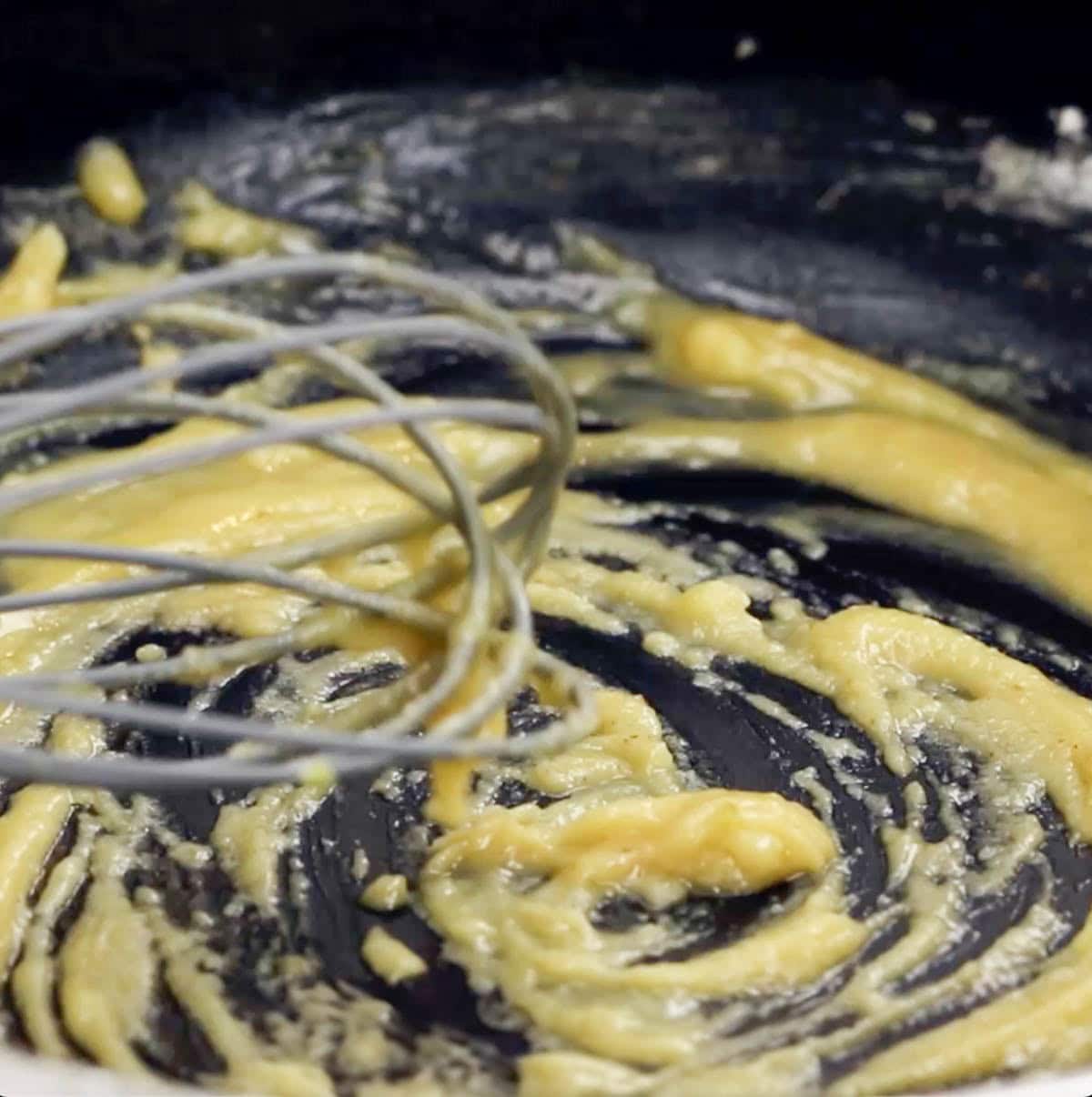
- Gradually add liquid.
Slowly pour in 1 cup of milk (or light stock, heavy cream, or a combination) in a thin, steady stream while whisking constantly to prevent lumps.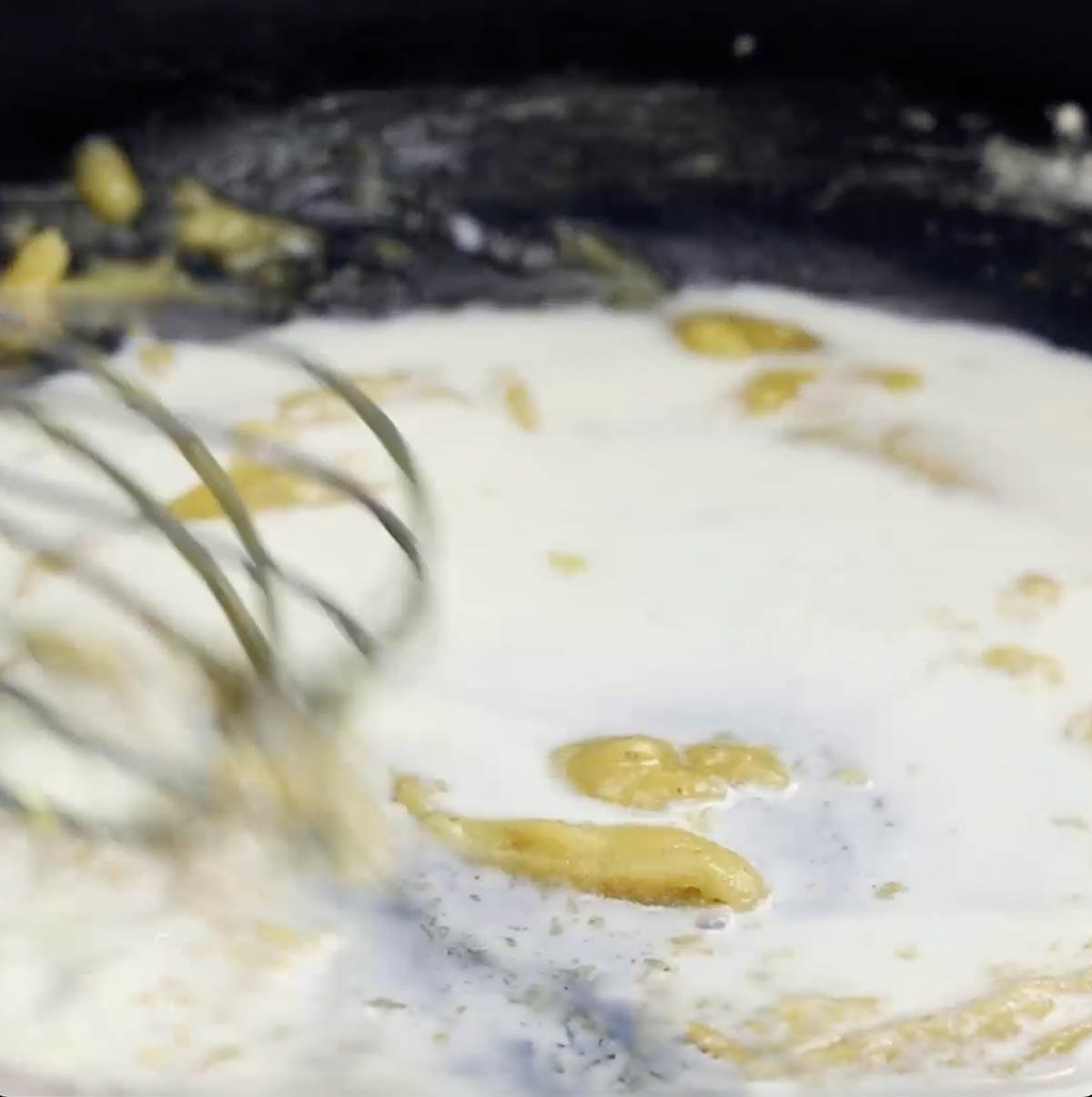
- Thicken the sauce.
Continue cooking over low heat, stirring or whisking frequently, until the sauce is smooth, contains no lumps, and is thick enough to coat the back of a spoon.
- Finish with salt and pepper.
Remove from heat and stir in the salt; taste and add more salt, if needed. Stir in 1-2 grinds of freshly ground black or white pepper, if using.
Tips for Lump-Free Béchamel Sauce
- Use a heavy-bottomed pan to prevent scorching and promote even heat distribution
- Melt butter gently, so it’s fully melted but not browned or bubbling vigorously, which can change the flavor and color.
- Whisk with steady, full strokes that reach every corner of the pan to prevent lumps from forming
- Warm the milk (or other liquid) before adding it to the roux for quicker incorporation and a smoother sauce.
- Add salt at the end; seasoning too early can interfere with the roux’s texture, so wait until the sauce has thickened to adjust flavor.
- Rescue lumpy sauce by whisking vigorously off the heat, and if that doesn’t work, strain the sauce through a fine-mesh sieve.
Ways to Add Flavor to White Sauce
Turn a basic white sauce into something special with these easy add-ins and classic variations:
Quick Flavor Ideas
- Herbs: parsley, thyme, basil, tarragon, dill
- Spices: nutmeg, paprika, cayenne, curry powder
- Aromatics: sautéed shallots, onions, garlic
- Mustard: Dijon or whole grain
- Liquids: white wine or sherry (replace part of milk)
- Cheeses: Parmesan, Gruyère, Cheddar
White Sauce Variations (Classic)
- Mornay Sauce: Add Gruyère, Parmesan cheese, or Cheddar cheese – the latter less conventional but still delicious
- Mustard Sauce: Blend in Dijon or whole grain mustard
- Cream Sauce: Substitute cream for part of milk
- Soubise Sauce: Stir in puréed cooked onions
How to Use White Sauce
This white sauce is extremely versatile and can be incorporated into a variety of dishes. Here are different ways to use this basic sauce based on the three levels of sauce consistency:
- Thinner sauce. Add it to cream soups and other creamed dishes (like creamed spinach), or to make other light sauces.
- Medium sauce. Use it as a pasta sauce in warm pasta dishes (like homemade mac and cheese), as a pizza sauce, in gratins, or casseroles (like Green Bean Casserole).
- Thicker sauce. Use it in lasagna, chicken pot pie, soufflés, or to make cheese sauces when extra body is needed (like in our Kentucky Hot Brown Sandwiches)
Storage and Reheating
Once completely cool, transfer the white sauce to a shallow airtight container and press plastic wrap directly onto the surface to prevent a skin from forming. Seal and store in the fridge for up to 3 days. Reheat gently on the stovetop over low heat, whisking in a splash of milk or cream to restore smoothness.
Béchamel sauce can be frozen for up to 1 month, but the texture may become slightly grainy due to separated fats. Thaw overnight in the fridge, then reheat with extra milk or butter while whisking vigorously.
White Sauce FAQs
Here are answers to some of the most common questions about making white sauce, from preventing lumps to storing leftovers.
Lumps usually form when the milk is added too quickly or the roux hasn’t been whisked thoroughly.
Whisk steadily over moderate heat, making sure to reach the bottom and corners of the pan. Add the warm milk gradually to the melted butter and flour mixture for a lump-free sauce.
Yes. White sauce is the English name for béchamel, one of the five French mother sauces. Once mastered, it can be used as the foundation for many classic variations.
Yes, white sauce can be frozen, though it may separate a bit when thawed. Reheat slowly over low heat, whisking to bring it back together, and add a splash of milk if needed.
Recipes With a White Sauce
- Kentucky Hot Brown Sandwich
- Baked Leek Gratin
- Vegetable Pot Pie with Puff Pastry
- Fresh Green Bean Casserole
- Crab and Shrimp au Gratin
Note on Sources
To determine the best ingredient ratios for white sauce, I turned to several trusted cookbooks:
- In Mastering the Art of French Cooking by Julia Child (with Simone Beck and Louisette Bertholle), the béchamel recipe calls for butter, flour, and milk in slightly different proportions than the recipe found in Child’s later book The Way to Cook.
- I also reviewed How to Cook Everything by Mark Bittman and Joy of Cooking by Irma S. Rombauer and Marion Rombauer Becker.
Each source offers a different take on béchamel sauce, which confirmed there isn’t one “standard” formula, and inspired me to create easy-to-follow ratios for various sauce thicknesses.
Print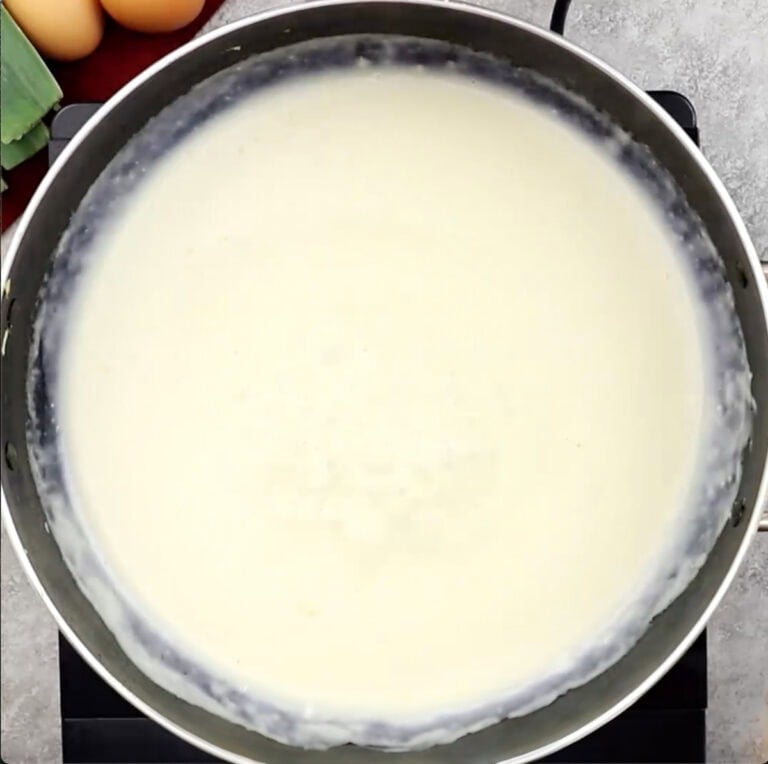
Homemade White Sauce
This white sauce recipe makes a creamy béchamel that’s perfect for casseroles, gratins, pasta, and more.
- Prep Time: 3 minutes
- Cook Time: 9 minutes
- Total Time: 12 minutes
- Yield: 1 cup, medium consistency
Ingredients
1 1/2 tablespoons unsalted or salted butter
1 1/2 tablespoons all-purpose flour
1 cup whole milk
1/4 teaspoon kosher salt, or more to taste
Optional: white or black ground pepper
Instructions
- In a heavy-bottomed small saucepan, melt butter over low heat.
- Whisk flour into the melted butter. Cook over low heat, whisking, for three minutes. This will eliminate the floury or pasty taste.
- Slowly, add 1 cup milk, whisking constantly (you can also use light stock, cream, or a combination of the two in place of the milk).
- Continue cooking slowly, whisking or stirring, until the sauce is smooth, contains no lumps, and is thickened.
- Stir in salt; taste and add more salt if needed.
- Stir in 1-2 grinds of pepper, if using.
Notes
To modify sauce consistency: For a thin sauce, use 1 tablespoon each of butter and flour. For a thick sauce, use 2 tablespoons each of butter and flour. Keep in mind that these ingredient ratios can be modified to work in a particular recipe since there’s no single definitive standard white sauce ratio.
- Category: How to, sauces
- Method: Cooktop
- Cuisine: French
Nutrition
- Serving Size: 1 tablespoon
- Calories: 22
- Sugar: 0.8 g
- Sodium: 26.1 mg
- Fat: 1.6 g
- Saturated Fat: 1 g
- Trans Fat:
- Carbohydrates: 1.3 g
- Fiber: 0 g
- Protein: 0.6 g
- Cholesterol: 4.4 mg
